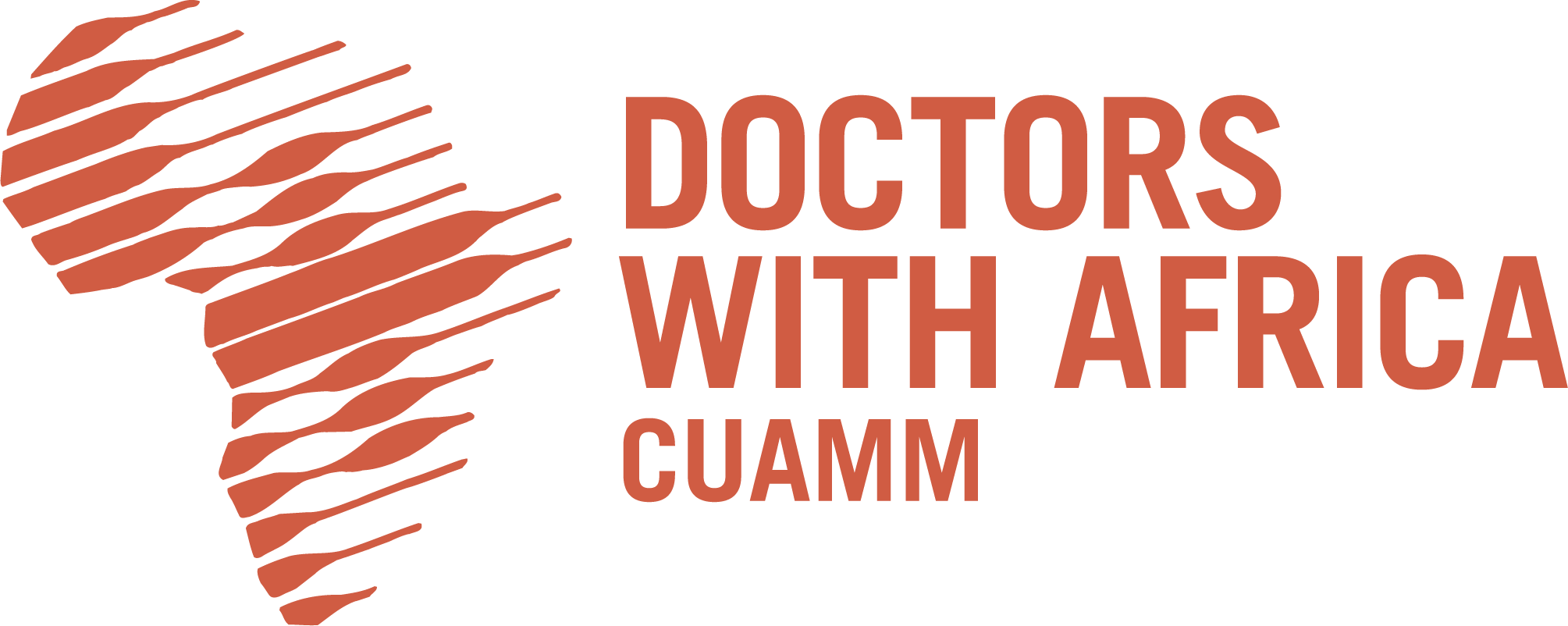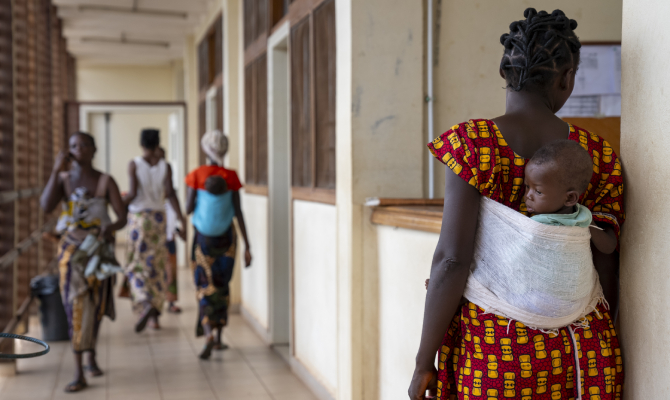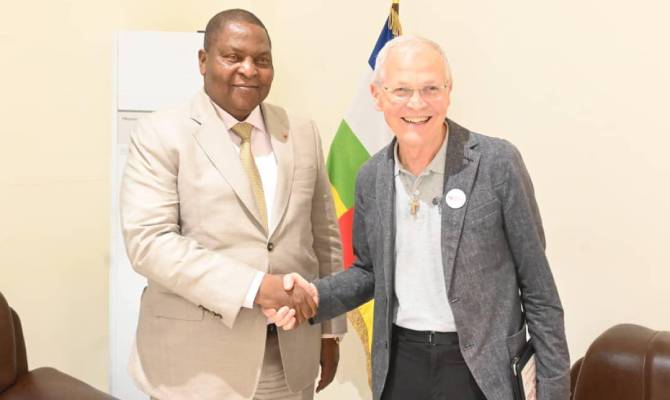There is an important diagnostic tool in neonatology that can be used in babies arriving at the emergency department in critical situations: it is transfontanellar ultrasound, i.e. in babies with an open fontanelle. Specific training was focused on this diagnostic method at the Complexe Hospitalier Universitaire Pédiatrique in Bangui (CHUPB), Central African Republic, to learn and improve its use. Children with convulsions and/or sepsis or with acute malnutrition in order to assess and possibly exclude an underlying neurological pathology, children with macrocrania, and even children with spina bifida or cleft lip and palate, conditions that are frequent in this country: all these young patients will have a new diagnostic tool at their disposal.
“This training has given us the opportunity to review and improve our diagnoses in neonatology by showing us that we can also identify other pathologies beyond those typical of the newborn. As a paediatric oncologist at CHUPB, I will try to apply this expertise to supplement my means of diagnosing brain tumours in infants and children,” said Dr Kosh.
The training was instrumental in demonstrating the potential and versatility of the ultrasound instrument, enabling health professionals to become more proficient in its use. The course is part of the ongoing training plan for staff, including students and residents, on perinatal and paediatric care techniques that Doctors with Africa CUAMM and the Hospital Directorate are promoting as part of the “Support for Paediatric and Nutritional Care, Resilience and Governance at CHUPB” project, funded by the European Union, which started on 1 July 2024. As part of this intervention, CUAMM provides technical assistance and training in the administrative, management and clinical areas, while promoting the strengthening of CHUPB governance. This commitment thus makes it possible to ensure quality health and nutritional care for young patients.
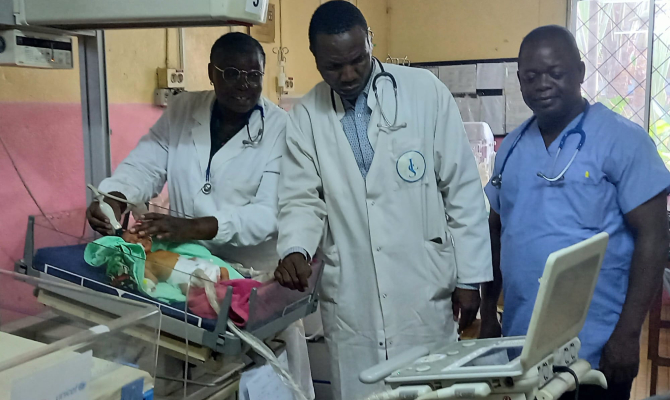
“This course has been a great opportunity, because it has allowed us to broaden our diagnostic capabilities with regard to neurological disorders in infants and children who still have open fontanels. I remember the case of an infant with a rash and convulsions, who was treated and discharged from hospital; a month later, this infant came back with convulsions, without fever but with a pathological electroencephalogram,” says Ida Noki, CUAMM paediatrician at CHUPB. “We treated him with an anti-epileptic and then, thanks to the ultrasound scan, identified a triventricular hydrocephalus and so referred him to neurosurgery. Without this diagnostic tool, the management of this child would certainly have been different, probably inadequate. Now, we have one more possibility to look for lesions early and we have understood how to better monitor cases,” Ida enthuses.
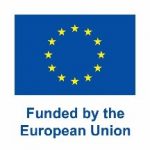
The contents are the sole responsibility of Doctors with Africa CUAMM and do not necessarily reflect the vision of the European Union.
